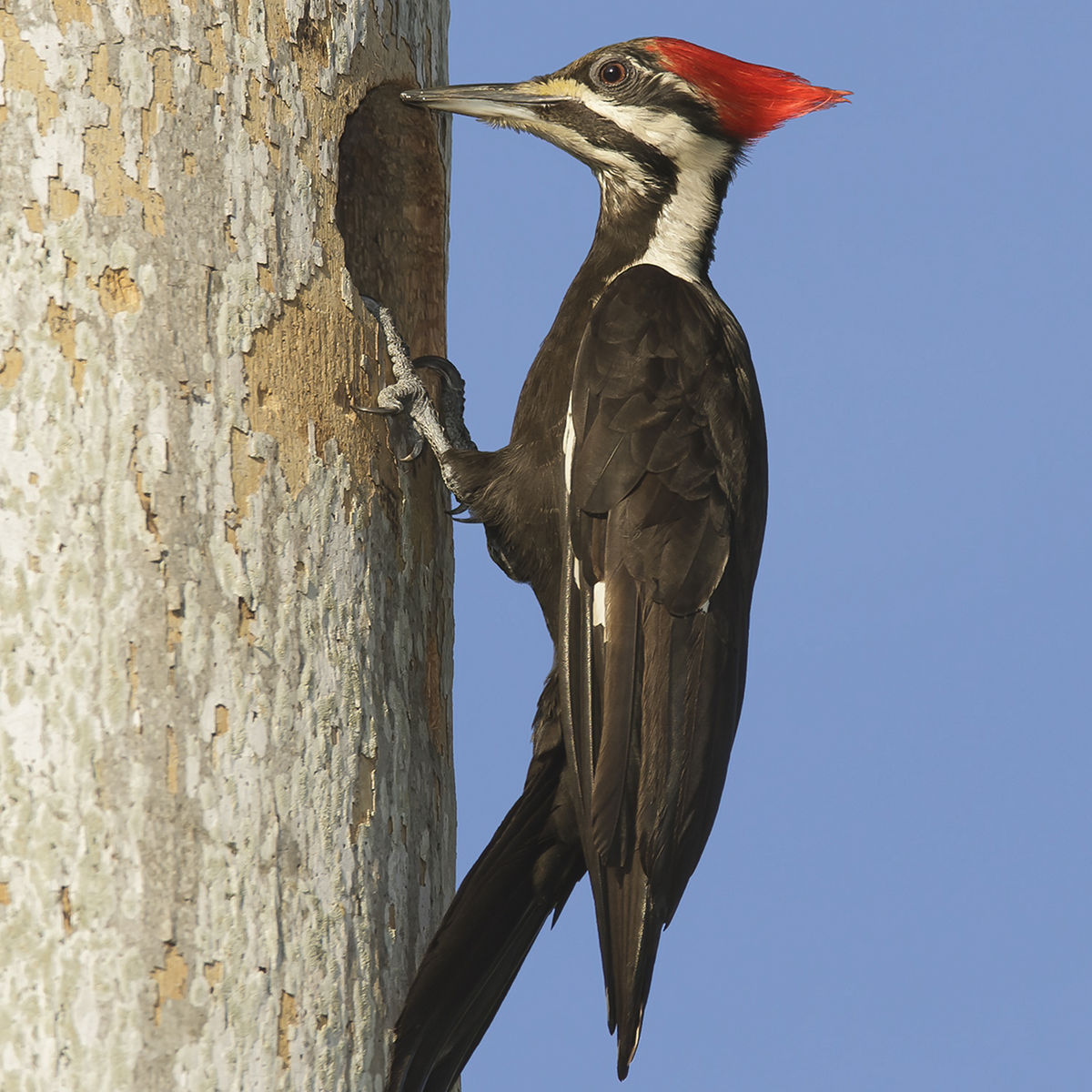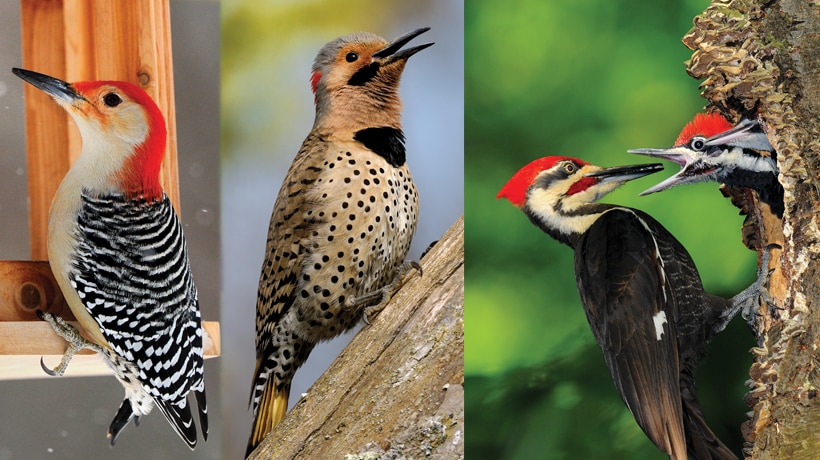Woodpeckers Unleashed: Discovering the Wonders of These Knowledgeable Tree Climbers
Woodpeckers, with their unique markings and balanced drumming echoing with wooded areas, hold an unique location in the avian world - Woodpeckers in Florida. As we dive right into the intricate information of woodpeckers' nesting routines, feeding methods, and the continuous conservation efforts to protect these amazing birds, a much deeper admiration for their location in nature unfolds.
Makeup and Adaptations
When analyzing the anatomy and adaptations of woodpeckers, one can observe remarkable functions that allow these birds to flourish in their specialized environmental specific niche. Woodpeckers are outfitted with a suite of distinct physiological characteristics that help them in their woodpecking habits. Among one of the most prominent attributes is their strong, chisel-like beak, which is specialized for drilling into wood to uncover pests or develop nesting tooth cavities. This beak is supported by strong neck muscle mass and a very developed head framework that works as a shock absorber, enabling woodpeckers to repeatedly peck at trees without triggering brain injury. Additionally, woodpeckers have zygodactyl feet, with 2 toes facing onward and two dealing with in reverse, giving a company grip on tree trunks while they browse for food or drum for interaction.
Furthermore, woodpeckers have a special tongue structure that is long, barbed, and sticky, enabling them to extract pests from crevices in wood. This specific adjustment enables woodpeckers to make use of a food resource that is inaccessible to several various other bird species. Overall, the anatomy and adjustments of woodpeckers showcase the remarkable evolutionary solutions that have actually enabled these birds to flourish in their arboreal environment.
Drumming Habits
Having discovered the makeup and adaptations of woodpeckers, the emphasis currently changes to recognizing their drumming habits, a distinctive element of their communication and territorial displays. Drumming is an essential kind of communication among woodpeckers, serving multiple purposes such as developing areas, bring in friends, and signaling alarm system. Each woodpecker types has a distinct drumming pattern that helps individuals recognize members of their very own species and distinguish them from rivals or predators.
Woodpeckers create drumming audios by swiftly pecking on resonant surface areas such as dead trees, utility poles, or also steel things, developing a series of balanced beats. The intensity and rate of drumming can differ based upon the purpose; for example, a rapid drumming sequence may represent aggressiveness in the direction of trespassers, while a slower and softer drumming pattern could show courtship (Woodpeckers in Florida). In addition, woodpeckers might readjust the frequency and period of their drumming to share details messages successfully
Nesting Routines
Checking out the nesting practices of woodpeckers discloses fascinating understandings into their reproductive habits and habitat selections. my sources Woodpeckers are known for their one-of-a-kind nesting choices, often digging deep into dental caries in trees to create protected spaces for raising their young. These cavities offer not only as a nesting site yet likewise as a protected refuge from killers and severe weather.
Woodpeckers display a high degree of fidelity to their nesting sites, typically returning to the very same location year after year. This habits highlights the importance of suitable environment availability for their reproductive success. The option of a nesting site is crucial for woodpeckers, with factors such as tree types, elevation, and degeneration stage playing significant functions in their decision-making procedure.
Surprisingly, some woodpecker species are known to excavate several cavities within their region, providing themselves with alternate nesting options. This approach might work as a kind of insurance policy versus possible threats or disruptions to their main nesting site.

Feeding Techniques
One of the most distinctive feeding habits of woodpeckers is drumming, which includes fast pecking on trees to reveal insects beneath the bark. Woodpeckers are also understood to excavate cavities in trees to gain access to concealed insect larvae or sap. Some species, like the acorn woodpecker, store nuts in specially created openings called granaries.
Preservation Initiatives
Among the intricate feeding strategies showed by woodpeckers, the conservation initiatives targeted at securing these fascinating birds play an essential function in preserving their habitats and populations. Woodpeckers encounter numerous dangers to their survival, consisting of environment loss because of deforestation, environment change altering their ecosystems, and accidents with manufactured frameworks such as structures and automobiles - Woodpeckers in Florida. Preservationists are proactively working to resolve these challenges and ensure the lasting health of woodpecker species

Education and learning and public understanding projects are also vital elements of woodpecker conservation efforts. By other increasing recognition regarding the relevance of these birds in keeping healthy and balanced woodland ecosystems, guardians can amass support for habitat conservation efforts and advertise liable land management techniques. Through collective initiatives in between researchers, policymakers, and local communities, we can interact to secure a future where woodpeckers grow in their natural environments.
Conclusion

Comments on “Observing Woodpeckers in Florida: Variety Diversity and Circulation”